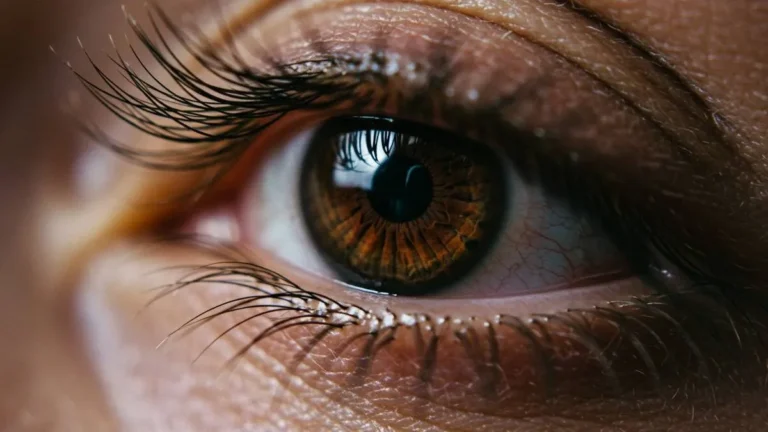Have you ever seen the color of your urine when you’re in the toilet? Various colors can be used as a benchmark for whether your kidneys are healthy or not.
According to Halodoc, urine color can provide many clues about your health, including kidney health . You can be more aware of your kidney health and know when to have a health check.
Normal urine color varies, depending on how much water you drink. The more you drink, the clearer your urine will look. Conversely, when you only drink a little water, your urine will be more concentrated.
In addition, there are also several things that can change the color of urine, such as certain foods and medicines. However, you need to be careful of unusual urine colors, because it can be a sign of kidney problems.
What is the relationship between urine color and kidney health?
Normal urine color ranges from pale yellow to dark yellow, depending on your body’s hydration. Pale yellow urine means your body is well hydrated, while dark yellow urine indicates that you are dehydrated.
The yellow color of urine is caused by a pigment called urochrome. This pigment also affects how diluted or concentrated your urine is. In addition, other pigments and compounds in food and medications can also affect urine color.
Beets, berries, and fava beans are examples of foods that can change the color of urine. Many over-the-counter and prescription medications can also turn urine bright red, yellow, or blue-green.
Urine color can not only indicate your hydration status, but it can also provide clues about your kidney health. Clear to normal urine indicates normal kidney function.
Unusual urine colors, such as orange or blue, may be caused by certain medications, such as laxatives, antidepressants, and antibiotics. However, there are two urine colors to watch out for, namely red and dark brown. These urine colors can be a sign of kidney problems.
When the kidneys are problematic or cannot function properly, there will be an increase in concentration and accumulation of substances in the urine that cause the urine to become darker, such as brown, red or purple.
These changes in urine color are caused by abnormal protein or sugar levels, high levels of red and white blood cells, and several tube-shaped particles called cellular casts.
Pink or red urine means there are red blood cells in the urine. Healthy kidneys can keep blood cells in the body while filtering waste from the blood to produce urine.
However, when the kidney filter is damaged, these blood cells can leak into the urine. In addition to indicating kidney disease, blood in the urine can also be a sign of infection, kidney stones, or even cancer.
Meanwhile, dark brown urine can indicate that you are severely dehydrated. However, if you have drunk a lot of fluids but your urine is still brown, then you may have muscle damage, kidney disease, or kidney failure.
In addition to unusual urine color, foamy urine can also be a sign of kidney disease. Foamy urine indicates a lack of kidney ability in filtering and cleaning the blood.























+ There are no comments
Add yours